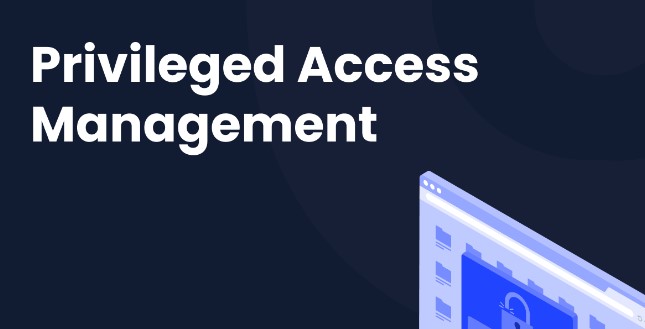The Impact of Resource Allocation on Privileged Access Management Compliance

In the modern business landscape, ensuring compliance with various regulatory frameworks is crucial for organizations. Privileged Access Management (PAM) is a fundamental aspect of compliance, especially when dealing with sensitive data and critical systems. However, the effectiveness of a PAM strategy is largely influenced by how resources are allocated. This article explores the impact of resource allocation on PAM compliance and outlines strategies to enhance alignment between these two crucial areas.
Understanding the Compliance Landscape
Compliance with regulations such as the General Data Protection Regulation (GDPR), the Health Insurance Portability and Accountability Act (HIPAA), and the Sarbanes-Oxley Act (SOX) mandates organizations to implement stringent security measures. These regulations often require organizations to manage privileged accounts carefully, ensuring that only authorized personnel have access to sensitive information.
Failure to comply with these regulations can result in severe penalties, including financial fines and reputational damage. Therefore, organizations must prioritize PAM as part of their compliance strategy. However, without effective resource allocation, achieving compliance can be challenging.
Aligning Resources with Compliance Objectives
The first step in ensuring that resource allocation positively impacts PAM compliance is to align resources with compliance objectives. Organizations must identify the specific compliance requirements that pertain to their operations and allocate resources accordingly. This alignment ensures that PAM strategies address the specific needs of regulatory frameworks, minimizing the risk of non-compliance.
For example, if an organization is subject to GDPR, it must implement measures to protect personal data, including monitoring access to privileged accounts that handle this information. By directing resources toward technologies and processes that specifically address GDPR requirements, organizations can enhance their PAM compliance efforts.
Investing in Compliance-Focused Technology
To achieve compliance, organizations should allocate resources to technologies that facilitate PAM. Solutions such as identity and access management (IAM) tools, audit logging systems, and user behavior analytics can significantly enhance an organization’s ability to manage privileged access effectively.
Investing in these technologies helps organizations automate compliance-related tasks, such as tracking access to privileged accounts and generating audit reports. Automation not only improves accuracy but also reduces the workload on IT and security teams, allowing them to focus on strategic compliance initiatives. By allocating resources to compliance-focused technology, organizations can strengthen their PAM strategies and demonstrate their commitment to regulatory adherence.
Read also: What is BLIP Technology and How Can It Enhance The Franchise Experience?
Regular Compliance Audits
Conducting regular compliance audits is a critical aspect of resource allocation in PAM. Organizations must dedicate resources to evaluate their PAM strategies against relevant compliance requirements continuously. These audits help identify areas of weakness, enabling organizations to take corrective actions before non-compliance issues arise.
Allocating resources for third-party audits can provide an external perspective on compliance efforts. These assessments can highlight gaps that internal teams may overlook and offer actionable recommendations for improvement. By prioritizing regular compliance audits, organizations can ensure their PAM strategies remain effective and aligned with regulatory expectations.
Training and Awareness Programs
Resource allocation for PAM compliance must also include investments in training and awareness programs. Employees play a pivotal role in maintaining compliance, particularly when managing privileged accounts. Organizations should allocate resources to develop training sessions that educate employees about compliance requirements and best practices for managing privileged access.
These training programs should cover topics such as recognizing compliance risks, adhering to access controls, and understanding the consequences of non-compliance. By empowering employees with knowledge, organizations can foster a culture of compliance and reduce the likelihood of human errors that could lead to breaches.
Leveraging Metrics for Continuous Improvement
To assess the impact of resource allocation on PAM compliance, organizations should leverage metrics to track performance and identify areas for improvement. Key performance indicators (KPIs) related to compliance can provide valuable insights into the effectiveness of resource allocation strategies.
For example, metrics such as the number of privileged account audits conducted, the time taken to remediate compliance issues, and the frequency of security incidents related to privileged access can help organizations gauge their compliance efforts. By regularly reviewing these metrics, organizations can make data-driven decisions about where to allocate resources for maximum compliance impact.
Conclusion
The impact of resource allocation on Privileged Access Management compliance cannot be overstated. By aligning resources with compliance objectives, investing in compliance-focused technologies, conducting regular audits, providing training, and leveraging metrics, organizations can enhance their PAM strategies and meet regulatory requirements effectively. In an era where compliance is paramount, a strategic approach to resource allocation will be essential for safeguarding sensitive data and maintaining trust with stakeholders.




